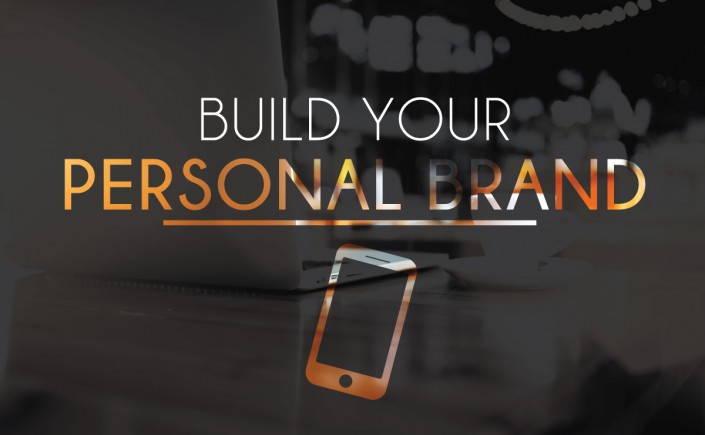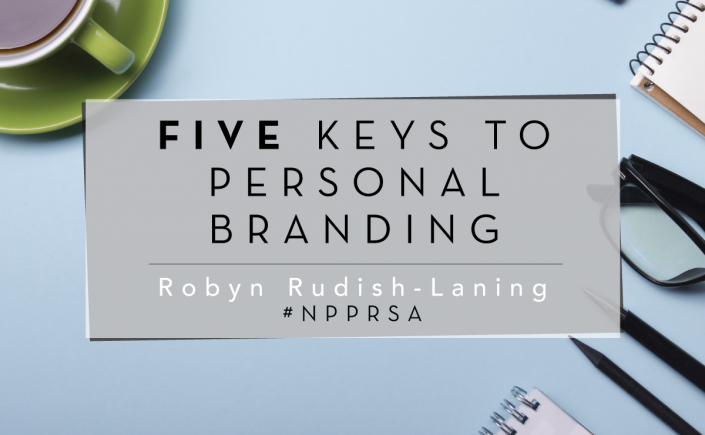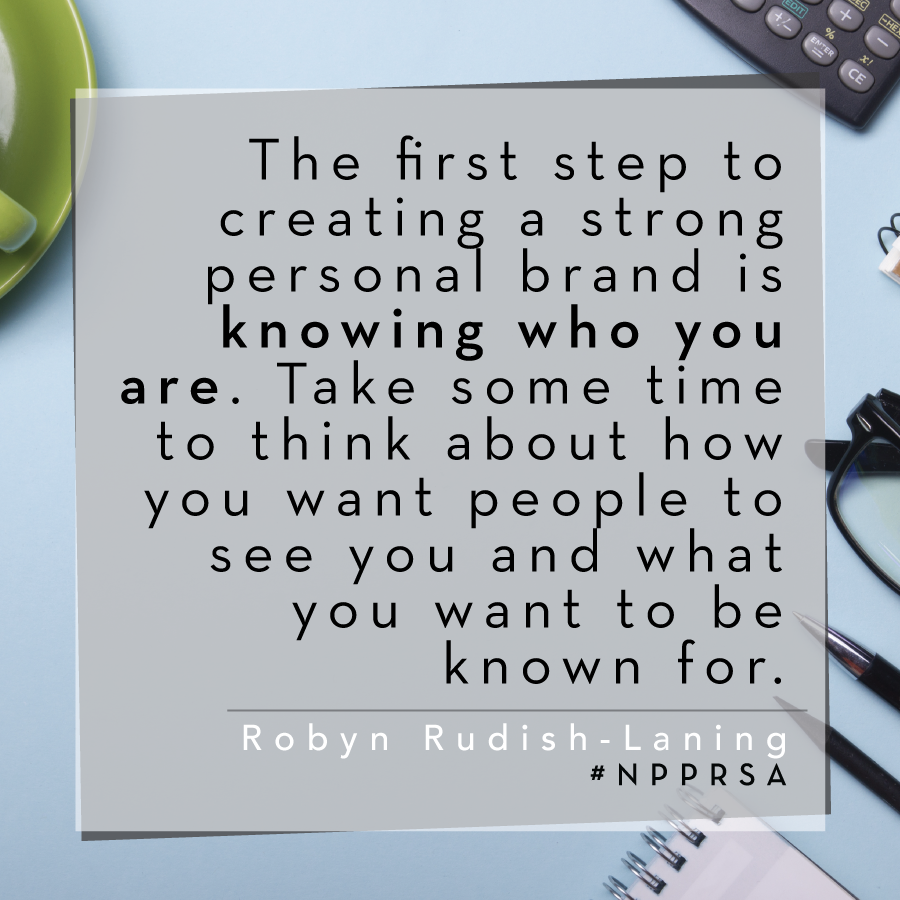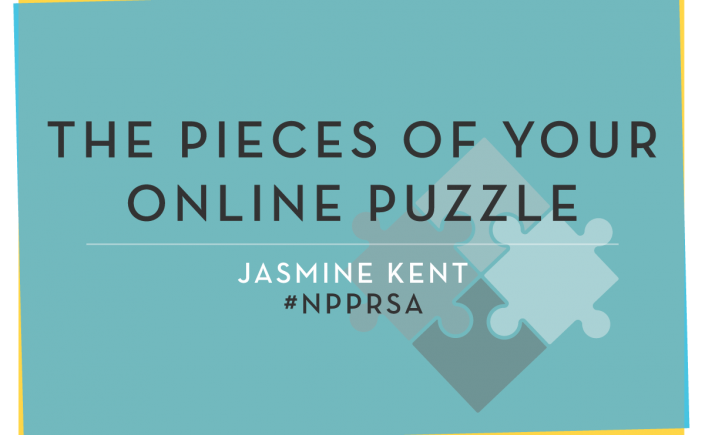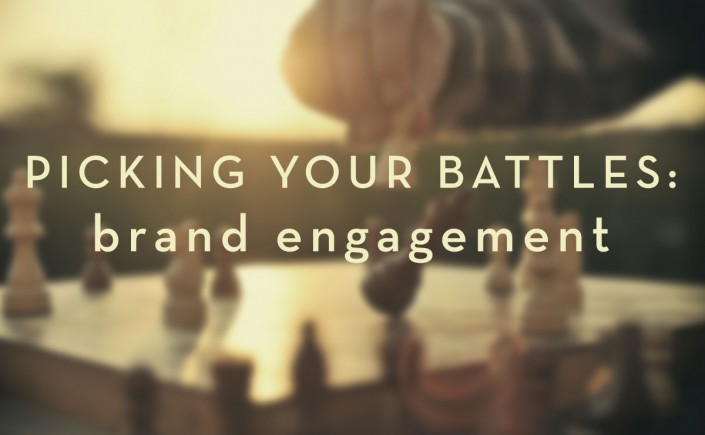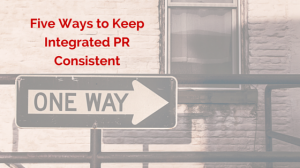Spring is just around the corner and now is a perfect time to spring clean your social media. Twitter, Facebook and the like are for sure a treasure trove of cat videos, gifs and other humorous bits to procrastinate your day away, but social media – Twitter in particular – can be a powerhouse career tool if done correctly. Here are five things you can do today to harness the magic of social media to build your personal brand and boost your job search.
1. Give your LinkedIn a make-over.
If you’re on the job prowl, the first place you should start with your social media is on LinkedIn. Show your page some love by refreshing as much as necessary. Think your photo, positions, volunteer work, summary, skills – anything and everything. Don’t forget to give yourself a new header image if you haven’t already and a personalize URL for easy sharing.
Spend some time really digging into what you write beneath each position. LinkedIn is a great place to expand a bit more on what’s in your print resume, but don’t get bogged down in the job description and minutia of your day-to-day. Focus on your accomplishments and impact right up front and highlight the key functions of your position if you really feel inclined or they’re a little out-of-the-ordinary.
2. Find & join a Twitter chat (or two).
Twitter chats are the hidden networking gems of social media, especially for PR people. Depending on your interests, joining an industry-focused Twitter chat can be a great way to make new connections, meet and learn from industry thought leaders and establish yourself as someone in-the-know.
New Pros hosts them, PRSA hosts them, some of your favorite PR veterans host them – there’s really no shortage of chats. My favorites are the New Pros #NPPRSA chats (third Wednesday of most months at 9 p.m. EST) and PR Daily’s weekly #RaganChat (Tuesdays at 3 p.m. EST).
3. Make connections.
Social media is all about connecting the world, right? Find and follow some PR pros you admire and reach out to them. Build a relationship by commenting on their posts, resharing them and connecting with them to chat. Most PR pros are more than willing to chat and share their expertise, so building a good repertoire is easy to do.
4. Join a Facebook or LinkedIn group.
Just like there are a number of great Twitter chats, there are some pretty awesome Facebook and LinkedIn groups out there for PR people too. Unlike Twitter chats though, these groups aren’t limited to a specific date and time or even a set topic that everyone will talk about. These groups encourage members to post their own topics or questions as they come up and for everyone to engage at their own pace. Group moderators will often post topics or questions as well to keep the conversation flowing. Two of my favorites are Shonali Burke’s Social PR Posse and PRSA’s New Professionals Group. Both are closed groups, so you’ll have to request to join, but both are very worthwhile.
5. Share your stuff. Share relevant stuff. Share all the things.
Consistency is key and content is king, right? So put them together to build your personal brand on social media by sharing industry pieces you like, news articles you think deserve some attention and your own content. Using a scheduling platform like Hootsuite or Buffer to make sure you have content being shared consistently, not in a giant rush all at once and then not again for weeks. Don’t forget to add your own commentary or insight. Repurposing your own content – whether it’s something on your own personal blog or something you guest wrote and published elsewhere – and scheduling it out for later on is also a great tactic for keeping yourself fresh in your followers’ minds.
Want to talk some more about social? Join PRSA’s New Professionals Section on Wednesday, Feb. 15 at 9 p.m. EST for February’s Twitter chat. We’ll be talking about social media and PR trends in 2017. Follow along and join the conversation using #NPPRSA.
 Robyn serves as PRSA’s New Professionals Section’s programming co-chair and is a communications and PR pro currently living and working in Columbia, S.C. In addition to volunteering with PRSA’s New Professionals Section, she also serves as the 2017 VP of Communications for the South Carolina PRSA Chapter and brought together the chapter’s first New Professionals group in 2016. She’s a native of southern New Jersey and currently resides in Columbia, S.C., by way of Pittsburgh, and currently works as the communications coordinator a statewide non-profit organization. In her spare time, Robyn likes to cook, read, spend time with her tail-less cat Izzy and write for her own blog – and almost always with a cup of tea in hand. Find her on Twitter & talk to her!
Robyn serves as PRSA’s New Professionals Section’s programming co-chair and is a communications and PR pro currently living and working in Columbia, S.C. In addition to volunteering with PRSA’s New Professionals Section, she also serves as the 2017 VP of Communications for the South Carolina PRSA Chapter and brought together the chapter’s first New Professionals group in 2016. She’s a native of southern New Jersey and currently resides in Columbia, S.C., by way of Pittsburgh, and currently works as the communications coordinator a statewide non-profit organization. In her spare time, Robyn likes to cook, read, spend time with her tail-less cat Izzy and write for her own blog – and almost always with a cup of tea in hand. Find her on Twitter & talk to her!

